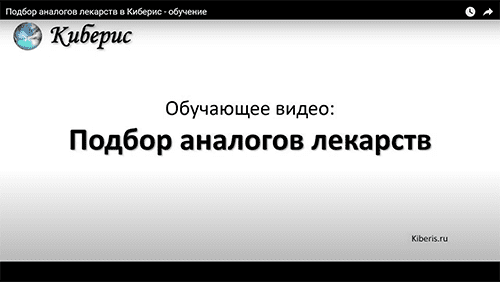P10 Intracranial laceration and haemorrhage due to birth injury - analogs
| Description «P10 Intracranial laceration and haemorrhage due to birth injury» | ||||||
|
||||||
Начиная работу с сервисом, вы принимаете соглашение пользователя. Kiberis do not replace the doctor!
- 27% Compare P10.2 Intraventricular haemorrhage due to birth injury
- 24% Compare O08.1 Delayed or excessive haemorrhage following abortion and ectopic and molar pregnancy
- 23% Compare P10.1 Cerebral haemorrhage due to birth injury
- 19% Compare T90.3 Sequelae of injury of cranial nerves
- 19% Compare P14.1 Klumpke's paralysis due to birth injury
- 15% Compare P10.4 Tentorial tear due to birth injury
- 15% Compare P10.3 Subarachnoid haemorrhage due to birth injury
- 15% Compare G83.5 Locked-in syndrome
- 13% Compare F07.8 Other organic personality and behavioural disorders due to brain disease, damage and dysfunction
- 13% Compare S04.8 Injury of other cranial nerves
- 13% Compare S06.7 Intracranial injury with prolonged coma
- 13% Compare S04 Injury of cranial nerves
- 13% Compare S04.9 Injury of unspecified cranial nerve
- 13% Compare D65 Disseminated intravascular coagulation [defibrination syndrome]
- 11% Compare P10.0 Subdural haemorrhage due to birth injury
- 11% Compare P11.1 Other specified brain damage due to birth injury
- 11% Compare O72.1 Other immediate postpartum haemorrhage
- 11% Compare P10.9 Unspecified intracranial laceration and haemorrhage due to birth injury
- 11% Compare P10-P15 Birth trauma
- 11% Compare P10.8 Other intracranial lacerations and haemorrhages due to birth injury
- 11% Compare O72.2 Delayed and secondary postpartum haemorrhage
- 11% Compare P14 Birth injury to peripheral nervous system
- 11% Compare P11.2 Unspecified brain damage due to birth injury
- 11% Compare P15.9 Birth injury, unspecified
- 11% Compare P12 Birth injury to scalp
- 11% Compare P13.1 Other birth injuries to skull
- 11% Compare P13 Birth injury to skeleton
- 10% Compare M77.0 Medial epicondylitis
- 10% Compare S06.1 Traumatic cerebral oedema
- 10% Compare K25.2 Gastric ulcer, acute with both haemorrhage and perforation
- 10% Compare M77.1 Lateral epicondylitis
- 10% Compare O87.0 Superficial thrombophlebitis in the puerperium
- 10% Compare O72.3 Postpartum coagulation defects
- 10% Compare O12 Gestational [pregnancy-induced] oedema and proteinuria without hypertension
- 10% Compare O99 Other maternal diseases classifiable elsewhere but complicating pregnancy, childbirth and the puerperium
- 10% Compare O08 Complications following abortion and ectopic and molar pregnancy
- 10% Compare O08.8 Other complications following abortion and ectopic and molar pregnancy
- 10% Compare O08.9 Complication following abortion and ectopic and molar pregnancy, unspecified
- 10% Compare S12.00 Fracture of the first cervical vertebra closed
- 10% Compare O98.4 Viral hepatitis complicating pregnancy, childbirth and the puerperium
Learn more about the selection of analogues
- Medical online service designed to help in differential diagnostics.
- Find similar diseases for a diagnosis that causes irritation.
- If you are a professional, then the help of artificial intelligence will help in the express diagnostics.
The advantage of Kiberis is its versatility, thanks to which it is able to select analogues for anything, including for diseases and diagnoses. Artificial intelligence analyzes descriptions of diseases, clinical recommendations for their treatment, real statistics on making diagnoses and displays the most similar diseases with a degree of similarity in percent.
